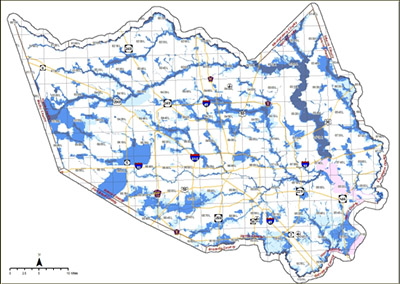
Harvey, Vulnerability, and Resilience in Context on the Gulf Coast
There has been no shortage of rapid assessments in the wake of Harvey, many of which point to endemic vulnerabilities embedded within US gulf coast communities (risk of hurricanes, large at-risk populations and critical infrastructure, the role of a changing climate, energy infrastructure, vulnerable petrochemical processing plants, etc.). Harvey’s impacts have also led to a “rediscovery” of past reporting and analysis that foreshadowed many of the hurricane’s more devastating outcomes. (e.g. ProPublica’s series on Houston flood risk, (lack of) zoning, and rapid development in the Houston area). They have also shifted media coverage to heavily emphasize context in Houston and Texas gulf coast (e.g. the Washington Post article on Houston’s “Wild West” growth and expansion). On top of rapid urban growth and development in flood prone areas, the stochasticity of weather and the persistent trend of a changing climate also played key roles in how Harvey unfolded (and continues to unfold). A large high pressure ridge over the West had the effect of placing what amounted to an atmospheric wall in the path of the storm (Fig. 3). A climatologist colleague put it simply: “If we had a large sprawling ridge across much of the US like we often do in the summer, Harvey would have kept moving west-northwest and probably would have sheared apart and turned into a rainy day for New Mexico.” (read more...)

